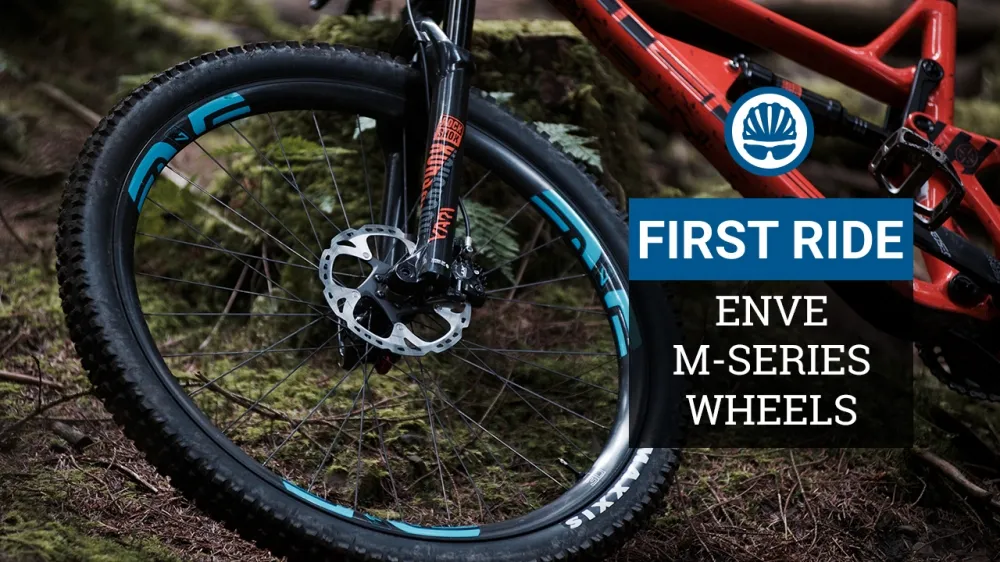Enve M-Series first ride video
After bringing out the M-Series of wheels in 2014, Enve feels the mountain bike world has changed. For 2018 it has a whole new range of hoops ready to go on virtually any mountain bike.
Look at the halo bike from many brands and you're likely to see a set of Enve wheels clamped between the dropouts. They're the epitome of high-end, high-price carbon performance products, and their striking looks and influential sponsored riders make their wheels some of the most sought-after on the market.
Since the M-Series wheel (and later its wide HV versions) emerged, Enve believes every sector of mountain biking has developed, meaning demands on wheels are ever-changing.
As such, the latest range takes this into account with lower weights and wider rims, while the most aggressive rims get added puncture protection.
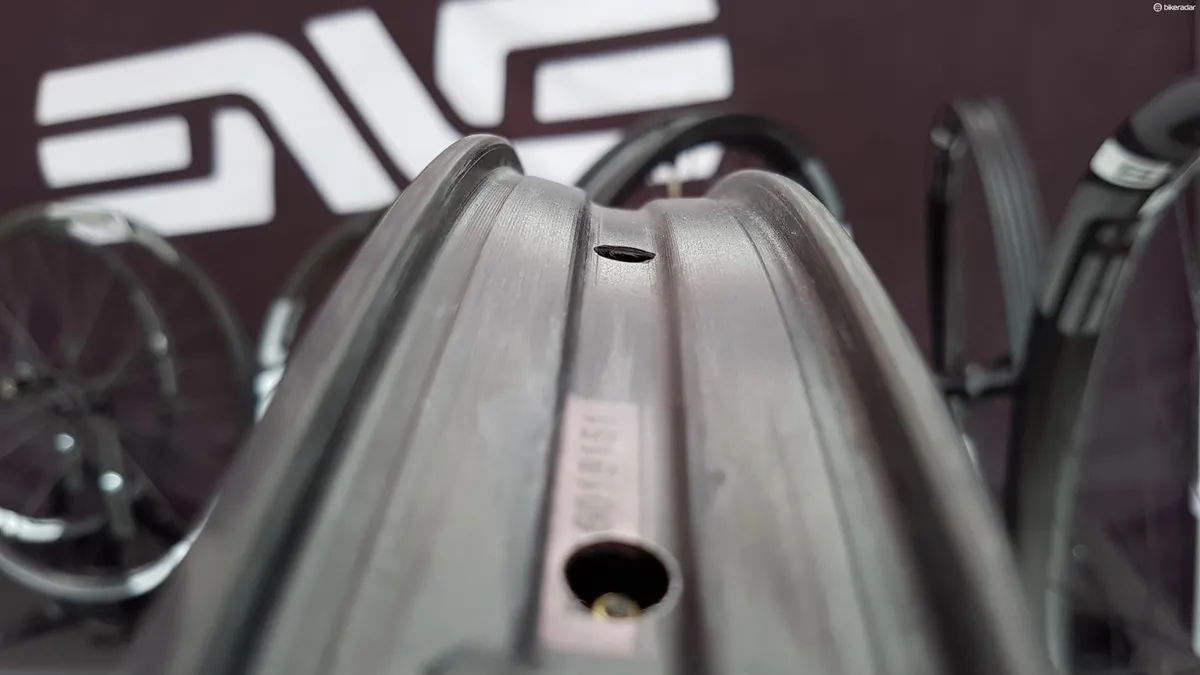
Enve believes XC is getting gnarlier, trail riders are running wider rims and tyres, enduro has gone professional, e-bikes have emerged, and DH riders are now riding tubeless and even 29ers. Riders are looking for wider rims, at a lighter weight, and with more compliance built in.
Let's start from the top
To make life simpler, and in recognition of the growth in its range, the naming of Enve's wheels has been updated.
Previously, the names were based on the importance of descending versus climbing: the M50 XC wheel was named as such because there was 50/50 weight given to climbing and descending performance; the M60 and M70 reflected the increasing importance of descending performance for trail and enduro riders, with a 60/40 and 70/30 descending to climbing bias; while the M90 was aimed at DH riders, where uphill performance is nigh-on irrelevant.
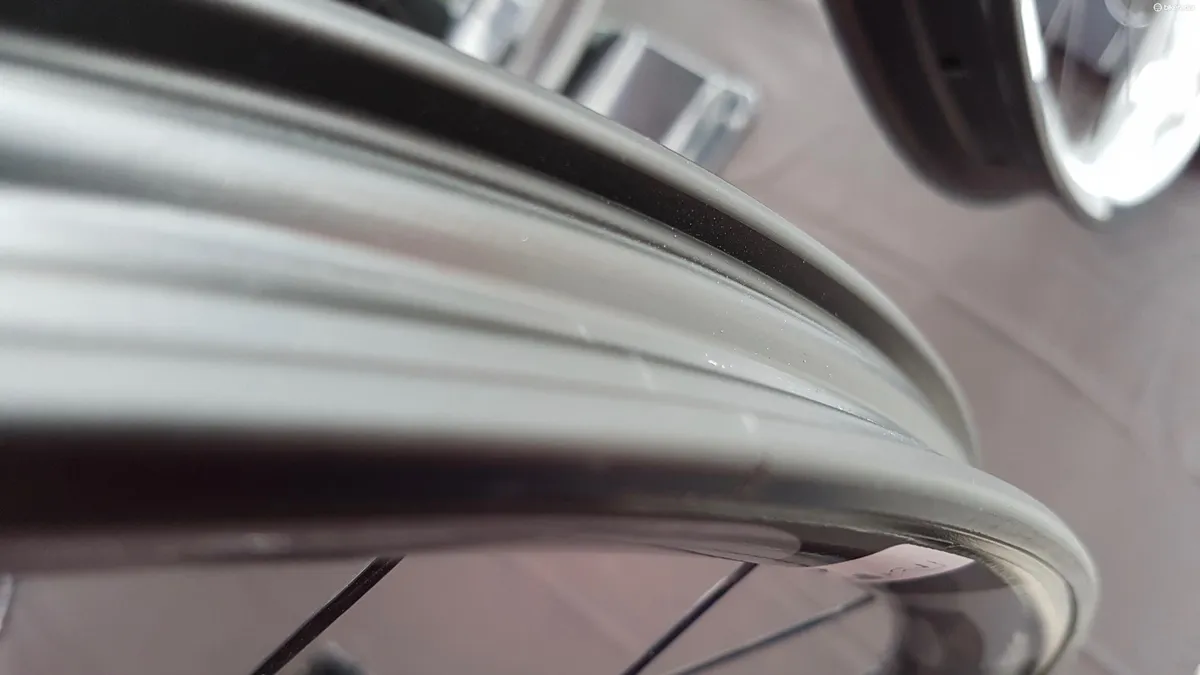
The new naming system adds rim width information to the name. For example, there are now three rims that sit in the trail focussed '6-Series' lineup: the M630 (30mm internal), M635 (35mm internal) and M640 (you guessed it...).
The new wheel range is therefore super easy to understand and all will come in 27.5" and 29" options.
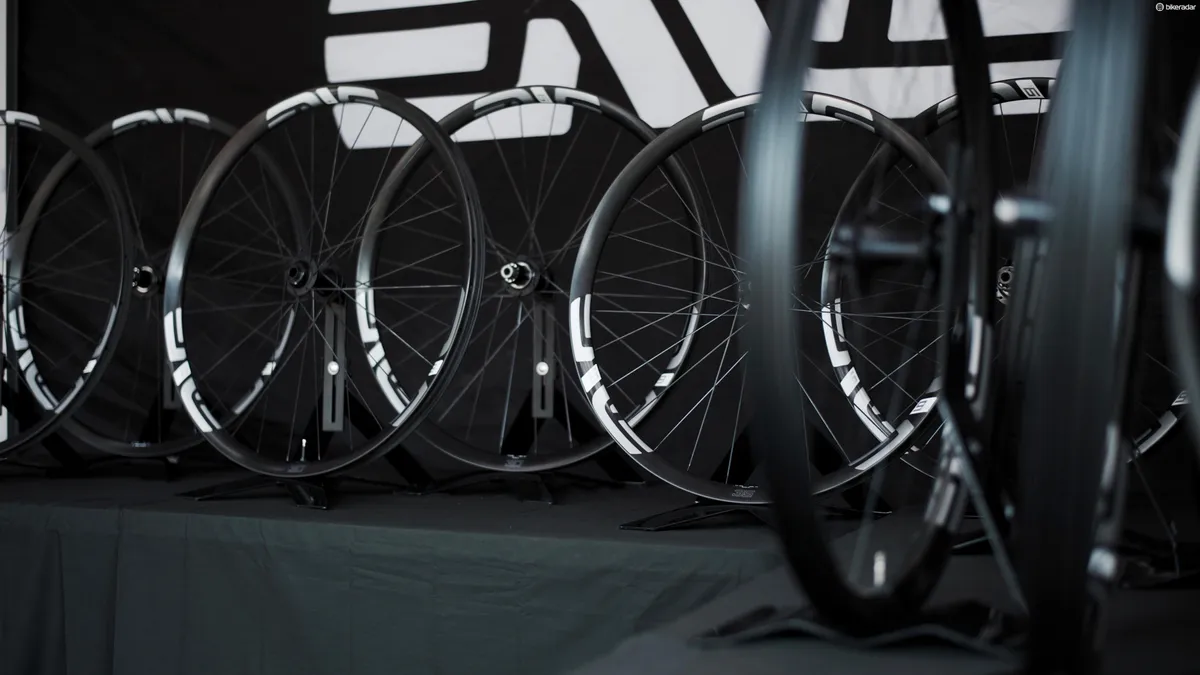
The wheels
M525
This is Enve's new 25mm internal width XC wheel.
Enve is claiming a sub-1,350g wheelset (27.5") and has worked with Cannondale Factory Racing on its development. It's a touch lighter and wider than the M50 it replaces, while the laminate has been tuned for better compliance.
The 24 spoke wheels are said to be 40 percent stronger when it comes to impacts and offer 50 percent more puncture protection.
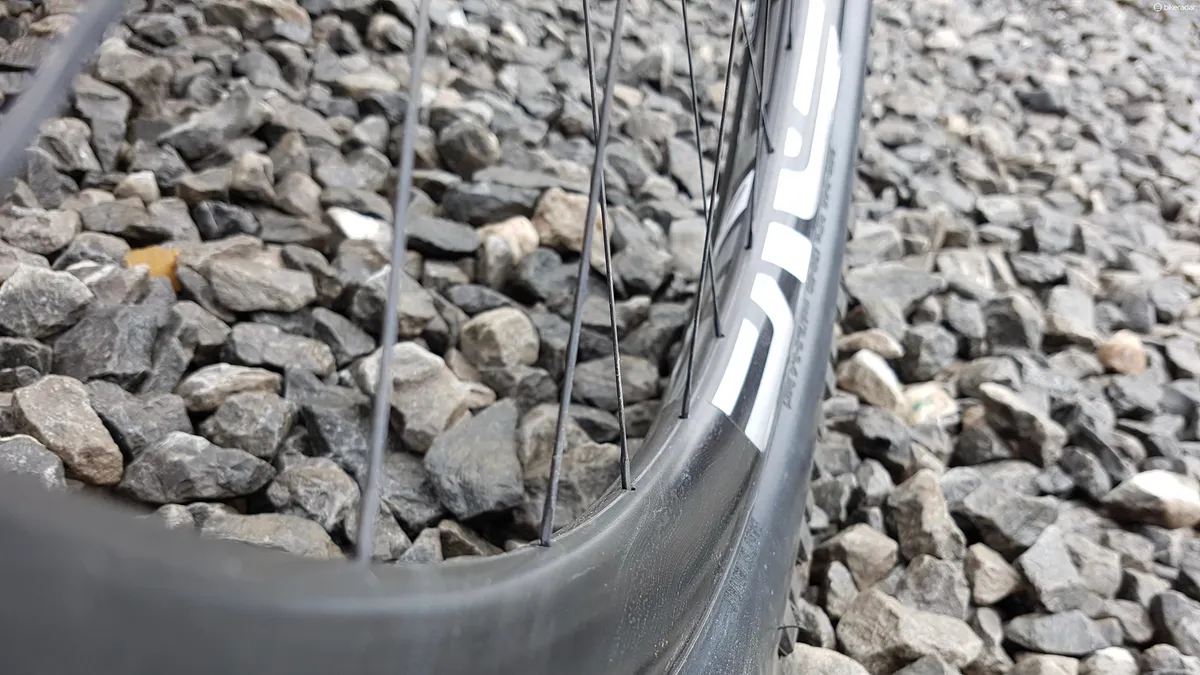
M630 / 635 / 640
For trail riders, where you have to pedal up as well as down, the 6-Series is the go-to 'Definitive Mountain Wheel'. The wheels are sub-1,500g (claimed) and have extra vertical compliance. The M640, for plus bike riders, is the same rim as the current M60+ which appeared last year.
M730 / 735 / 735 E-SPEC
Enve says these offer 'Wheel Protection Without Limitations' — what we get from this is that they are for riders and bikes where the primary goal is descending fast, such as enduro riders, and those who predominantly take an up-lift (but aren't on DH bikes).
They have Enve's new anti-flat tech (more on that below) and there's a slightly beefier version for e-bikes.
M930
This is the DH wheel, as used (and co-developed) by Greg Minnaar. This was Enve's first 29er DH wheelset and it claims that even if you crack the rim you'll be able to finish your run with an inflated tyre.
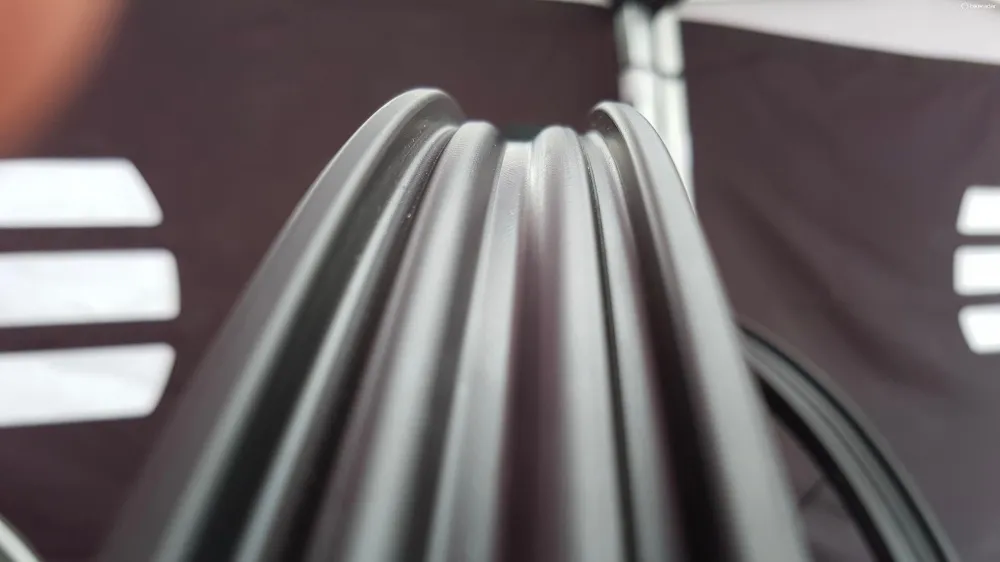
What's really new then?
Aside from the increased range of rims, there are actually two new bits of tech that Enve showed us at Bike Park Wales recently.
Both are designed to increase rim strength and puncture protection, without compromising weight and feel.
Enve has spent two years developing the rims, with the primary goal of reducing pinch flats — something that's relatively common with stiff carbon hoops as riders and tracks get faster and more technical, and tyre pressures get lower.
Dynamic Impact Design
The 7- and 9-Series wheels use a new rim architecture and a new rim strip, and Enve says that the traditional hookless bead design of carbon rims is around 3.5mm wide and rather blunt.
When a tyre compresses over a rock strike, for example, this shape is relatively sharp, and leads to a damaged tyre, especially as a carbon rim doesn't 'give' like an alloy one can.
Enve's new design, across the range, widens this to around 4.5mm, and gives a rounder shape to the bead. This, it says, disperses and absorbs impact energy better, leading to over a 50 percent reduction in pinch punctures — measured in its lab versus previous wheels and competitor wheels.
Enve says that Cannondale is now dropping Schwalbe Snakeskin protection from its tyres in some races thanks to this extra rim-based puncture protection.
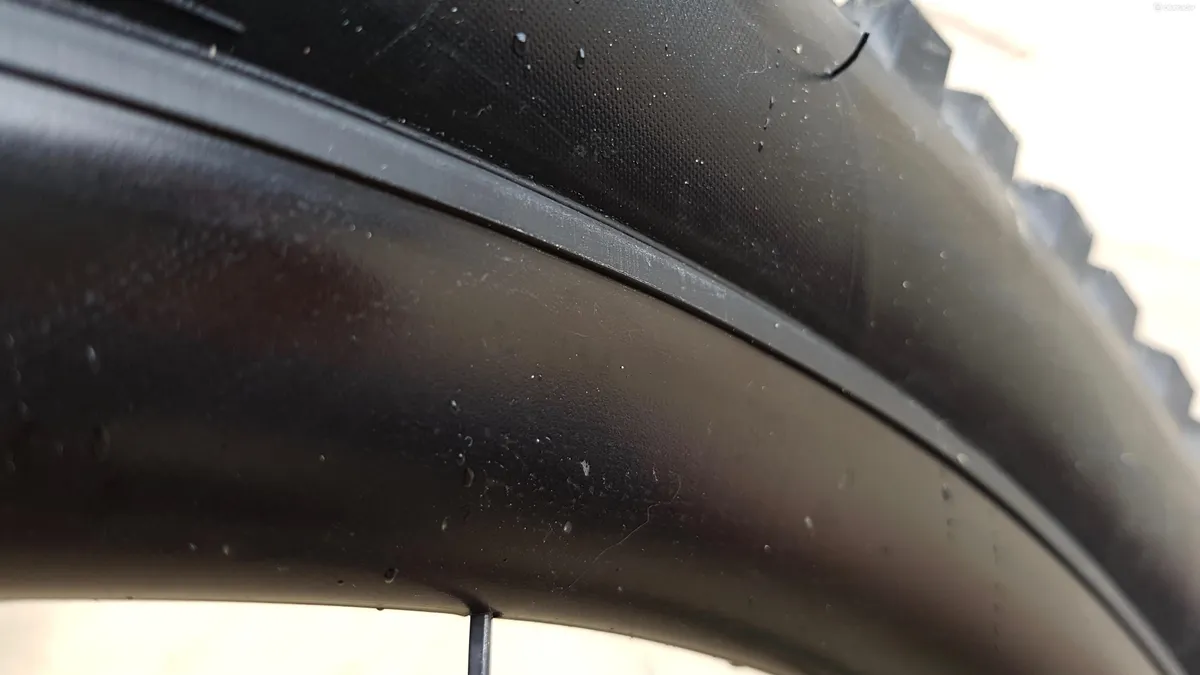
There's also a new rim profile, which looks a touch shallower, and should make the rim more forgiving in feel, while also being lighter.
The rim strip is an integral part of the M7- and M9-Series wheels. It's a plastic polymer strip that sits straight onto the rim and must be installed before tyres are mounted.
This makes the rim's bead 5mm wide with a touch extra protection too. The idea behind it is not only to further reduce the risk of pinches, but to also seal the air chamber of the tyre.
This means that even if an impact cracks the rim, the air chamber is maintained, so a run can still be finished. Given that Enve build these wheels for world class DH and Enduro racers, having this should be a massive benefit when racing against the clock.
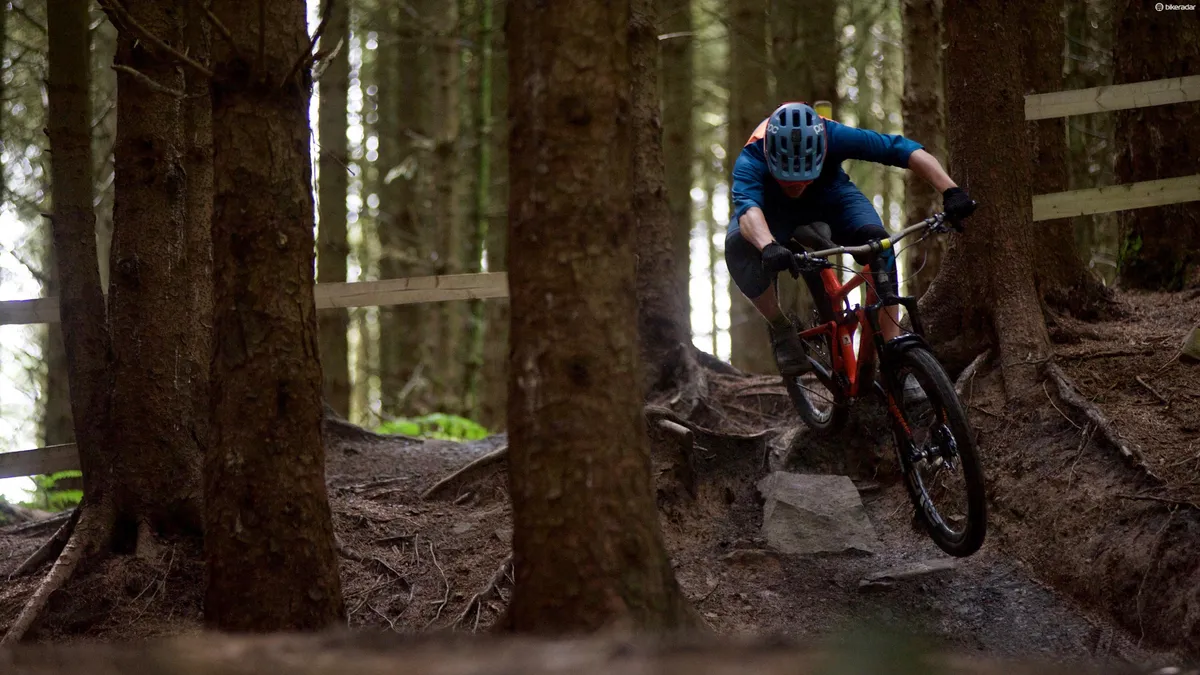
The use of the rim strip also means that riders won't need to use rim tape to seal their tubeless set-ups, making life that bit easier and cleaner.
I asked whether this rim strip could be used on other rims, but the answer is no. There are precise defined measurements for rim diameters so that all tyre manufacturers can make tyres for all rims. Enve has reduced the diameter of the carbon rim and used this rim strip to bring the total outer diameter back to the industry standard. This means that you can't run the wheels without the strip and they cannot be used on non-compatible wheels.
Enve's build philosophy
Enve builds its wheels and rims in-house in the US with unidirectional pre-impregnated carbon fibres and individual laminations for each wheel. Many wheel companies have external nipples for ease of build and truing, but Enve has kept its internal.
When asked about this, Enve says that a well-built wheel shouldn't really need truing very often at all, and by pre-molding the rim with spoke holes, rather than drilling holes into a pre-made rim, it avoids cutting fibres.
This also means the spoke face can be made thinner, as the spoke holes are in a pre-determined place; in a rim which has spoke holes drilled after construction, the holes could theoretically be anywhere in the spoke face and thus the whole spoke face needs to be built strong enough to take the drilling.
Internal nipples are also conical, allowing articulation of the nipple/spoke, rather than the spoke potentially bending after it exits the nipple on its way to the hub flange.
The rims are built with an internal bladder, which leaves as clean a finish on the inside of the rim as the outside, but Enve's bladder is removed at the end of construction, unlike some other rims (so Enve claims).
Enve leaves the rims raw, meaning no added weight of paint and little to no sanding or abrasion to the carbon fibres.
Why are they so expensive?
Enve has always been expensive and it doesn't seem to have a problem with that. It builds premium products, while sister company Mavic (they're both owned by the same parent company) has a wider range of wheels to meet other budgets.
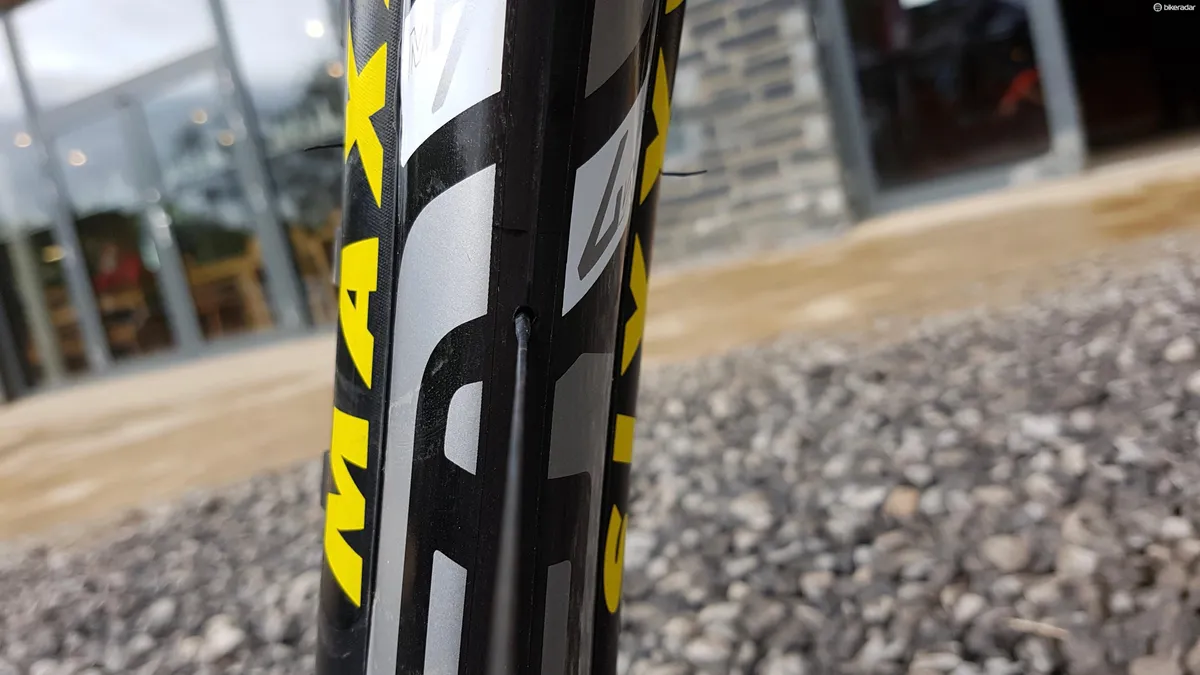
All the wheels are built in Enve's own factory in Utah. Save for the anodising of some of its machinery, and the rim decals, the whole lot is made in-house.
While Enve had never worked with plastics before, it said it couldn't find an economically viable place to manufacture the rim strips, so bought the necessary machines and did it itself.
Enve likens the building of carbon rims to baking bread; you could give five people the same ingredients and they'd all produce different loaves of bread. Enve obviously believes that it would win in a Bake Off, and that's worth paying for. As a consumer, that's your call.
Oh, and the pricing? The M5- and M6-Series rims will cost $999/£1,050, while the 7- and 9-Series will be $1049/£1,100 each. Built into a wheelset with Chris King hubs, that'll work out at $2,980/£3,100 and $3,080/£3,200 respectively.
Are they any good?
I rode the M730 wheels built into an Intense Carbine 29er Foundation, with a RockShox Yari fork (Motion Control damped), at Bike Park Wales.
Usually, after a day of riding at the bike park, my hands are in pieces, especially when I've ridden with carbon hoops — the runs are fast and fun, some smooth, some super rocky, with plenty of roots and jumps thrown in.
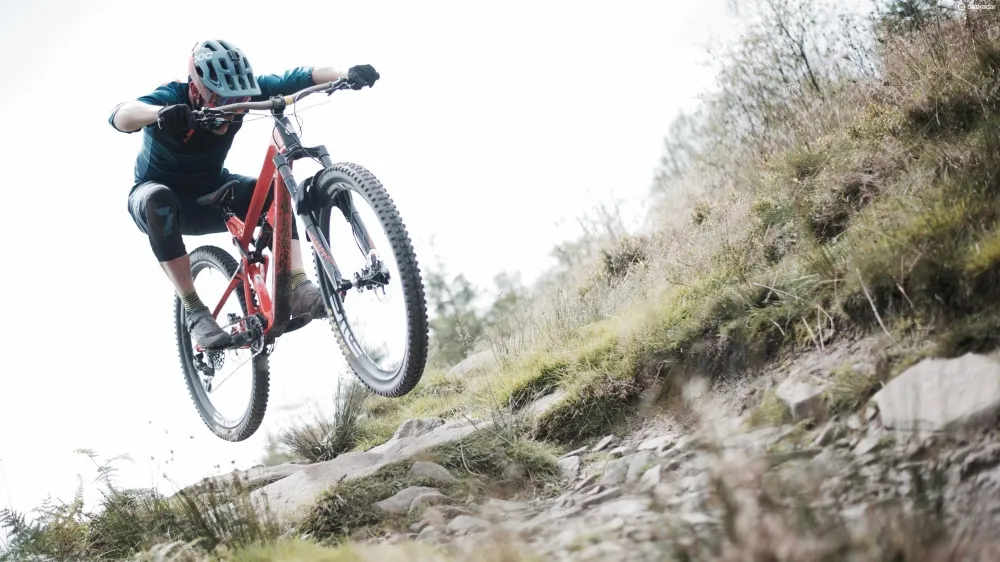
The Yari's Motion Control damper is less sophisticated than the Charger found on Lyrik and Pike forks, and is a touch less supple and small-bump compliant than the pricier models.
As such, I was expecting to be pretty battered by the end of the day. In fairness to Enve, my hands were in much better condition than I imagined they would be, suggesting, at least, that Enve's claims that the wheels are much more compliant than before are true.
While I had slightly sore hands, I wasn't experiencing arm pump, nor was I struggling to hold on to the bars towards the end of runs and at the end of the day.
Cornering wise, the wheels felt stiff enough to know exactly what was going on in the turns, without being so stiff that they lost traction when pushing into corners hard.
I'm a fan of longer travel 29ers, and it's fair to say that combined with the Carbine frame, the bike absolutely ripped along, allowing me to set a number of PRs on the day.
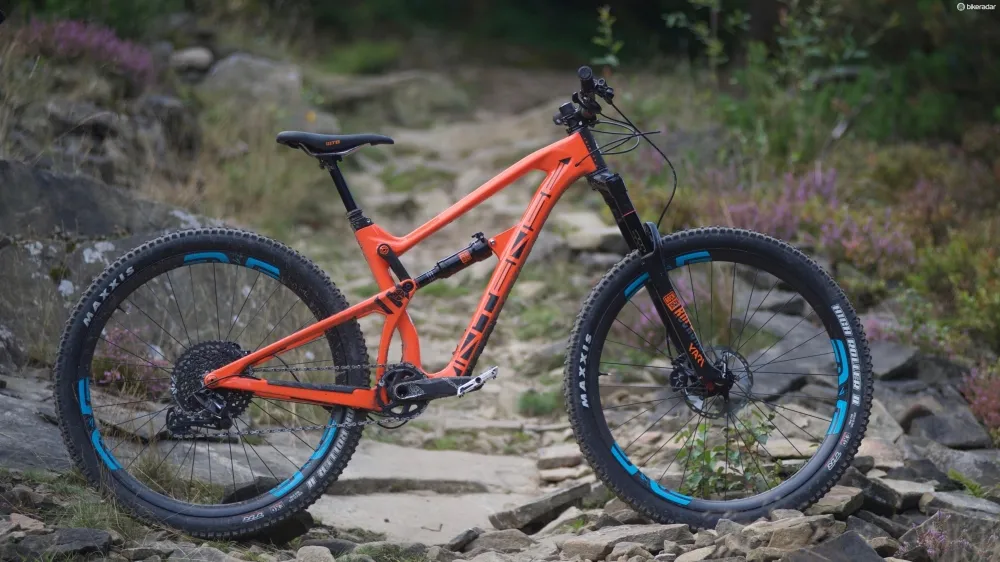
Despite a group of around 12 people riding the wheels during the press day, and with ever decreasing tyre pressures, I'm unaware of any punctures during our time at BPW, and I certainly clanged the rims a few times off of rocks and drops.
Is that luck or the effect of the rim strips fitted to the wheels? It would be foolish to give a definitive answer here without spending a significant amount of time on the wheels, but for now the signs are good.
On initial impressions, I was therefore impressed by the wheels. They felt comfier than previous Enve wheels (and a number of other carbon hoops), yet still have good trail manners — they're also competitive on weight.
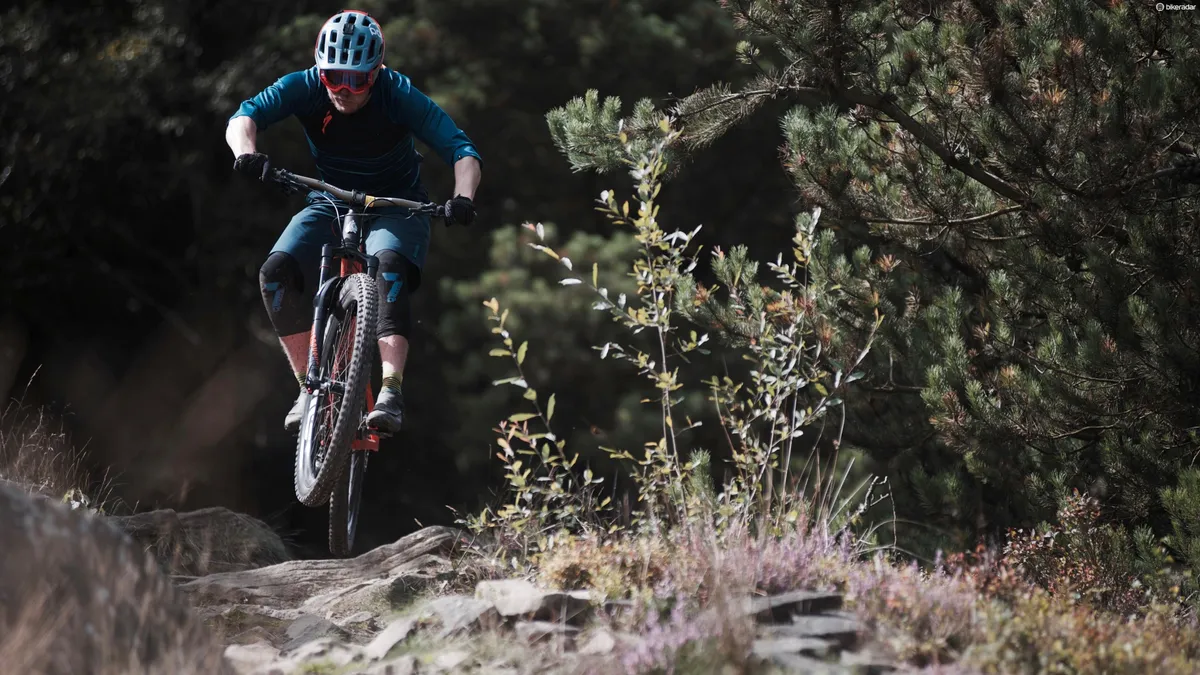
I'd like to spend more time on the wheels before saying anything too conclusive though, as half a day riding on a new bike isn't the best way to test wheels.
I'm also not going to comment on the price. I'm sure there will be a lot of comments on how they're just too expensive for a set of wheels, and I get that. But Enve clearly has created a successful business on building some very, very expensive wheels, and enough people buy them for the business to exist, so they're getting something right!
Will we see this tech elsewhere?
Enve didn't say as such, however we discussed the rim strip tech potential for gravel bikes a bit during the day. Pinches here are relatively commonplace and while few will want to add around 100g to their rims, maybe Enve could produce a slightly lighter version for gravel riders?
Enve and Mavic are both owned by Amer Sports and our understanding is that the two brands may share technology in the future, so perhaps we'll see Mavic wheels with the rim strips. It'll be an interesting collaboration though, as Mavic is the company behind the UST standard — the original rim bead design for tubeless tyres.
